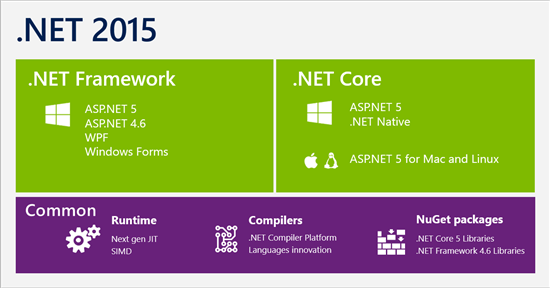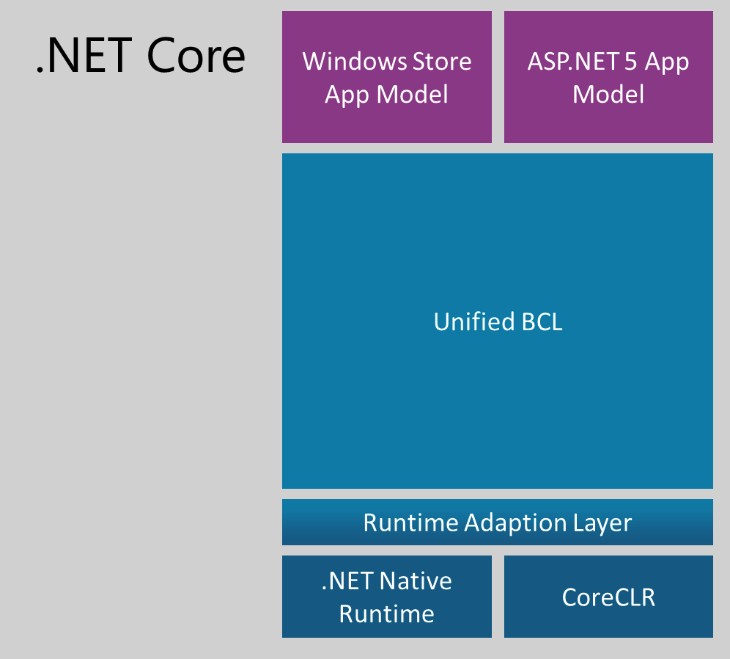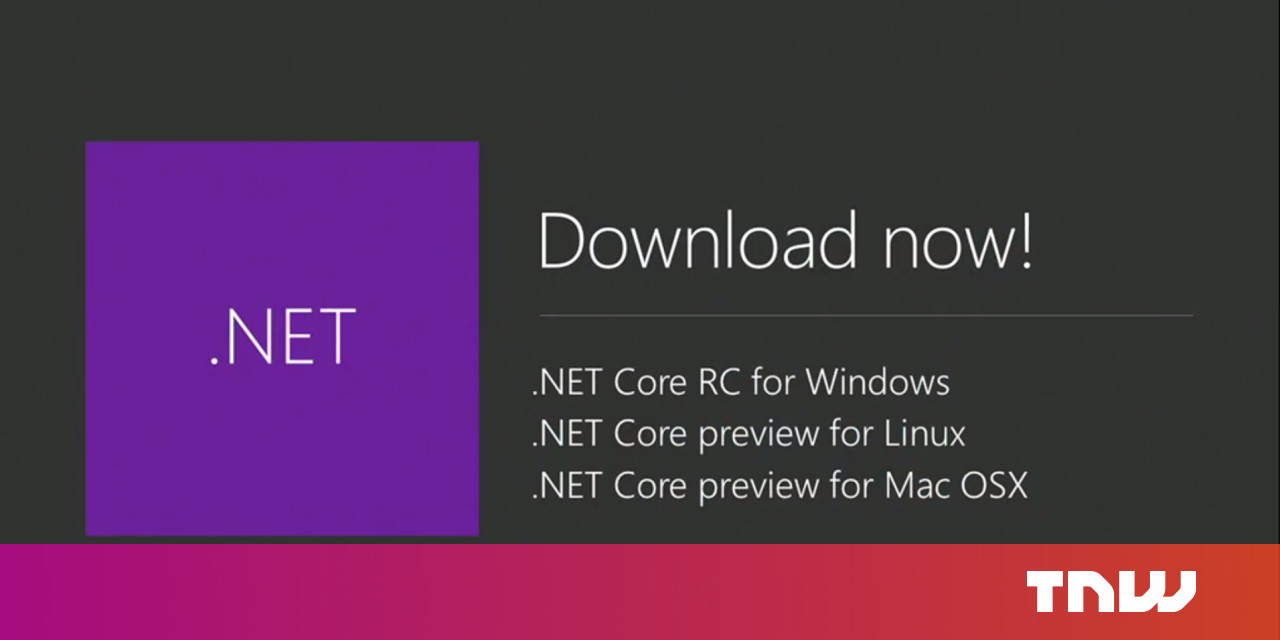.NET Core 3.1 downloads for Linux, macOS, and Windows.NET Core is a cross-platform version of.NET, for building apps that run on Linux, macOS, and Windows. Click on Download.NET Core Runtime, then click on Download x64. Installing on macOS. Go to the.NET Core download page, choose macOS on the top. Here download the.NET Core SDK installer (recommended), or under All.NET Core downloads., pick the latest version and from the Run apps - Runtime column download the installer you need. The dotnet/core repository is a good starting point for.NET Core. The latest major release is.NET Core 3.1. The latest patch updates are listed in.NET Core release notes. Download the latest.NET Core SDK.NET Core 3.1 SDK.NET Core Releases and Daily Builds.NET Core released builds.NET Core daily builds; Learn about.NET Core. Download Minecraft for Mac to explore worlds and build structures in this adventure game. Minecraft has had 1 update within the past 6 months.
If you want to use Retro Assembler to code on Linux (even on a Raspberry Pi) or on macOS, you have to install .NET Core on your computer. Normally you'd just go to https://dotnet.microsoft.com/download and follow the instructions, but if you need help, I'll try to provide some here.
Disclaimers
- During the time of writing this guide, the current .NET Core version is 3.1. If there is a newer version by the time you read this, install that one.
- Only the .NET Core Runtime is needed to run applications like Retro Assembler, so this guide focuses on that option.
- This guide assumes you use Ubuntu Linux 19.10, or any of the recent macOS versions on Mac.
- This guide assumes you use the Bash shell which is the default on most systems.
- If you mess up something in your system, I'm not responsible for that.
Installing on Windows
- Go to the .NET Core download page, choose Windows on the top.
- Click on Download .NET Core Runtime, then click on Download x64.
Installing on macOS
- Go to the .NET Core download page, choose macOS on the top.
- Here download the .NET Core SDK installer (recommended), or under All .NET Core downloads..., pick the latest version and from the Run apps - Runtime column download the installer you need.
Installing on Linux
- Go to the .NET Core download page, choose Linux on the top.
- Click on the Install .NET Core button and on the page it opens, select your chosen Linux distribution. Or here is a direct link to the Ubuntu 19.10 - x64 page which lists the installation steps.

Microsoft Net Core Download
Here are the commands you'll need to enter into the Terminal:
Installing on Raspberry Pi and on other ARM based SBCs
Download .net Core 3.1 For Mac
- Go to the .NET Core download page, choose Linux on the top.
- You'll need to download the ARM32 binaries package and install it manually. Click on All .NET Core downloads..., pick the latest version and Run apps - Runtime column find the .NET Core Runtime (version) section. Download the ARM32 package from the Linux Binaries.
- Rename this downloaded file to dotnet.tar.gz for easier handling below.
Here are the commands you'll need to enter into the Terminal:
This works perfectly, the only caveat is that you'll need to perform this manual install with every updated .NET Core version you want to use.
Testing in the Terminal
Run this command to check whether the .NET Core Runtime has been installed successfully. It will list the currently installed version's details.
Now you can run Retro Assembler with this command:
Optional, but it is recommended to edit the command shell's startup file with a command alias to run Retro Assembler with ease, as if it was a Linux/Mac native command line application.
Open your user's home directory and edit the hidden file .bashrc on Linux, or .bash_profile on macOS. The latter usually doesn't exist and you have to create it. Then enter this line into the bash file with your chosen file path:
This will allow you to just enter the command ra and run the assembler from either the Terminal or from Visual Studio Code.
Azure Functions v3 was recently released on 09 December 2019 with support for .NET Core 3 and .NET Standard 2.1. Here's how to install the new runtime in Visual Studio and Visual Studio for Mac.
1. Install .NET Core 3
Azure Functions v3 runs on .NET Core 3.

To install .NET Core 3, visit Download .NET Core.
I recommend selecting the latest LTS version. LTS stands for Long Term Support, meaning that Microsoft is committed to supporting this specific version of .NET Core with bug fixes for approximately 2-3 years.
As of today, the current LTS version of .NET Core is .NET Core 3.1.
2. Update the CSPROJ
Let's ensure our csproj file has been updated for Azure Functions v3.
We'll need to set the following three things:
- Target Framework is
netcoreapp3.1(or higher) - Microsoft.NET.Sdk.Functions NuGet Package is v3.0.1 (or higher)
- AzureFunctionsVersion is
v3
Here is an example from my GitTrends app: https://github.com/brminnick/GitTrends/blob/master/GitTrends.Functions/GitTrends.Functions.csproj

3a. (Visual Studio) Update Azure Functions Runtime

Note: If you're using Visual Studio for Mac, skip to the next section
Let's now install the Azure Functions Runtime for Visual Studio 2019
- In Visual Studio, select Create a new project
2. In the Create a new project window, in the search bar, enter Functions
3. In the Create a new project window, in the search results, select Azure Functions
4. In the Create a new project window, select Next
5. In the Create a new Azure Functions Application window, stand by while it is 'Getting information about the latest function tools...'
6. In the Create a new Azure Functions Application window, once the new tools have been downloaded, click Refresh
3b. (Visual Studio for Mac) Update Azure Functions Runtime
Note: If you are using Visual Studio on PC, you may skip this step
Let's now install the Azure Functions Runtime for Visual Studio for Mac
- In the Visual Studio for Mac window, select New
2. In the New Project window, on the left-hand menu, under Cloud, select General
3. In the Configure you Azure Functions Project window, standby until it finishes installing the Azure Functions components
4. Conclusion
Updating to Azure Functions v3 requires a couple steps:
- Installing .NET Core 3
- Updating our
csproj - Updating Visual Studio's Azure Functions Runtime
If you'd like to see an existing Azure Functions project using v3, feel free to check the Azure Functions Backend in my GitTrends app: https://github.com/brminnick/GitTrends/tree/master/GitTrends.Functions
